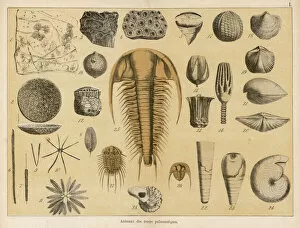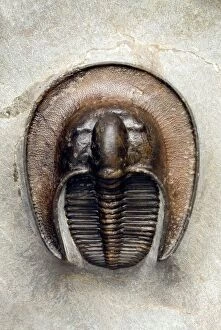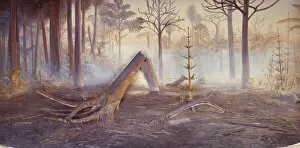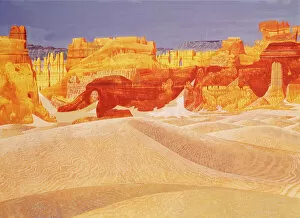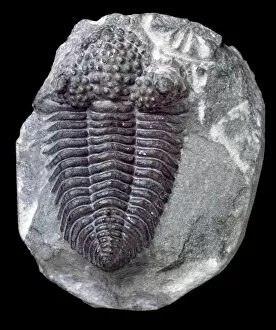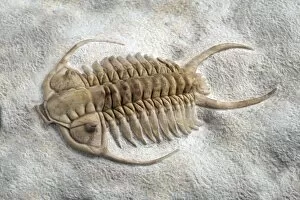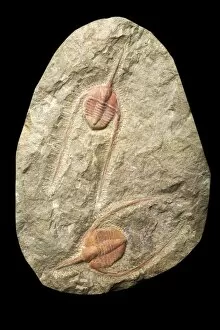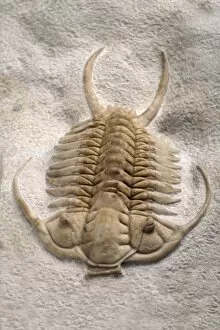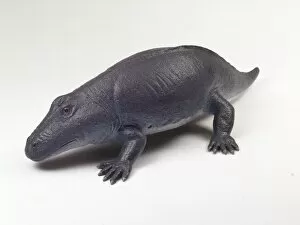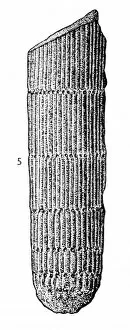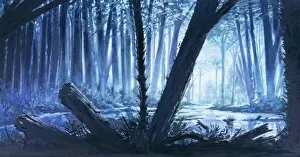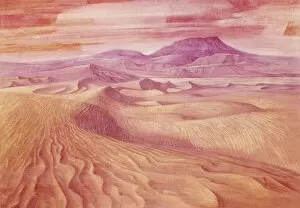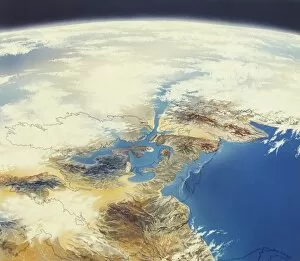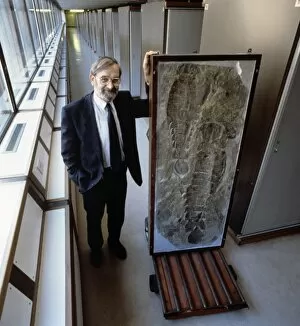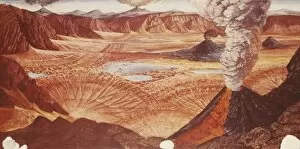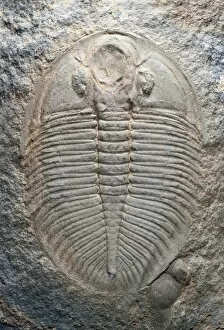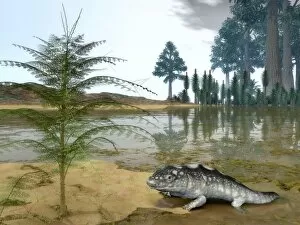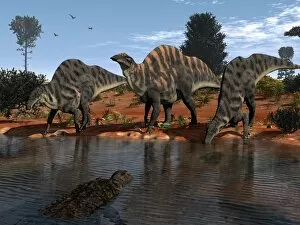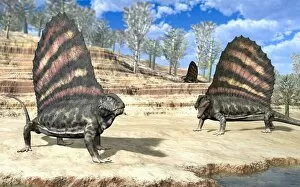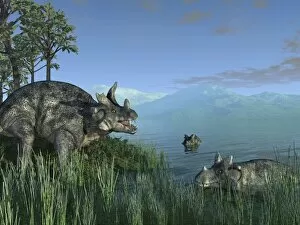Palaeozoic Collection
Step back in time and explore the wonders of the Palaeozoic era. Fossils from this ancient period offer us a glimpse into a world long gone
All Professionally Made to Order for Quick Shipping
Step back in time and explore the wonders of the Palaeozoic era. Fossils from this ancient period offer us a glimpse into a world long gone. Imagine stumbling upon a trilobite fossil, its intricate details preserved for millions of years. As you wander through a coal forest diorama, marvel at the lush vegetation that once covered our planet. Transport yourself to a Permian landscape, where towering mountains and vast oceans coexisted harmoniously. From the breathtaking view towards Cribyn from Pen y Fan in Wales' Brecon Beacons National Park, witness nature's grandeur unfold before your eyes. But it doesn't stop there; let your imagination run wild as you encounter Anomalocaris through vivid illustrations. This enigmatic creature with its unique features captivates our curiosity about life during the Palaeozoic era. Encrinurus variolaris, another fascinating trilobite species, showcases the incredible diversity that existed during this time. Its beautifully preserved exoskeleton tells tales of an ancient underwater world teeming with life. The abundance of Anomalocaris illustrations further emphasizes its significance in Palaeozoic history. These artistic depictions allow us to visualize these creatures' appearance and behavior like never before. So come on an adventure through time and discover the wonders of the Palaeozoic era – where fossils tell stories, landscapes awe-inspire, and prehistoric creatures ignite our imagination.

